- europages
- >
- COMPANIES - SUPPLIERS - SERVICE PROVIDERS
- >
- metal curving
Results for
Metal curving - Import export
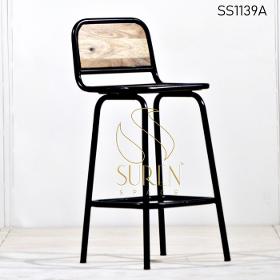
SUREN SPACE
India
Black Metal Frame Solid Wood Curved Bar Chair
Request for a quote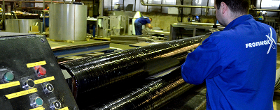
SC PROFINOX SRL
Romania
We offer sheet metal rolling services performed according to the highest standards of precision. With the help of high-performance rolling machines, our specialists will help you turn parts from flat to cylindrical and conical in the shortest possible time. Sheet metal rolling involves cold working of the sheet metal, through which the metal is shaped, taking on curves. The rolling process is essential when manufacturing certain complex products which combine different radii of curvatures. Our rolling services cover both sheet metal rolling and rolling operations for round pipes with a diameter of 20 mm, 40 mm or rectangular pipes of various sizes. For more information about the technical aspects of our rolling services, please contact us by filling in the online form.
Request for a quote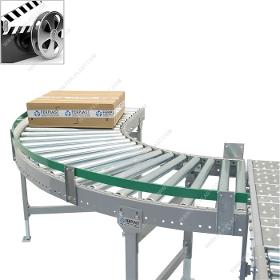
FERPLAST SNC
Italy
It can be realized in economic manner and with reduced overall dimensions with roller conveyors curves up to 180 °. This type of roller conveyors are an economical solution to the problem of handling boxes and packs along 90 ° or 180 ° paths, avoiding the use of more expensive pneumatic diverters. The idle 90 ° curves can be combined to obtain 180 ° curves, and allow you to create packaging lines even in confined spaces, thanks to their small footprint. They have widths of 500-650-800 mm and can be equipped with metal wheels with a diameter of 48 mm, or metal rollers with a diameter of 32 or 48. The metal wheels, thanks to their particular smoothness, allow the advancement of the boxes also with a minimum inclination.
Request for a quote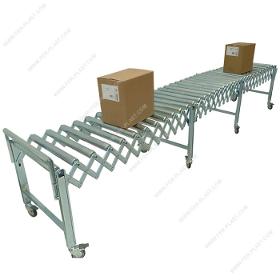
FERPLAST SNC
Italy
IDLE ROLLER CONVEYORS EXTENSIBLE WITH METAL ROLLERS Roller conveyors extensible with metal rollers for handling boxes, cassettes and packages with a flat base. They are normally positioned at the outlet of packaging machines and taping machines for the accumulation of packages and allow to realize different forms of route with curves up to 180 ° (depends on the length of the roller conveyor). The roller conveyors are equipped with supports with wheels with brakes and they are easily extendable and resealable, they can thus be moved and stretched, taking up very little space when not used. The movement of the boxes occurs by gravity and the box stopper terminal (included) avoid the fall. The roller conveyors with width mm. 800 are equipped with central pantograph to make the structure more robust. Standard supports are adjustable in height from mm. 650 to mm. 900 but on request you can have supports with height mm. 450-650 (same cost) or mm. 950-1250 with increase.
Request for a quote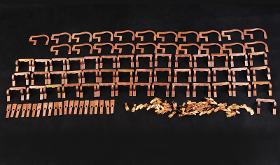
RPWORLD
China
Stamping is the process of placing flat sheet metal in either blank or coil form into a stamping press where a tool and die surface forms the sheet metal into a net shape. Stamping includes a variety of sheet-metal forming manufacturing processes, such as punching using a machine press or stamping press, blanking, embossing, bending, flanging and coining etc. What Are the Manufacturing Processes of Stamping? Bending - the sheet metal is deformed or bent along a straight line. Flanging - the sheet metal is bent along a curved line. Embossing - the sheet metal is stretched into a shallow depression. Used primarily for adding decorative patterns.
Request for a quoteDo you sell or make similar products?
Sign up to europages and have your products listed
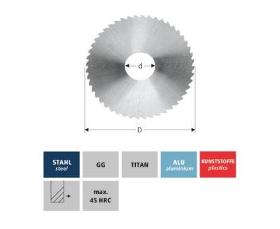
MAGON HOCHLEISTUNGS-TOOLS GMBH
Germany
solid carbide metal circular saw blade: with 40-160 teeth, toothing laying similar to DIN 1838
Request for a quote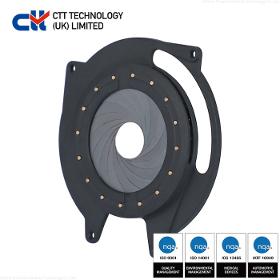
CTT TECHNOLOGY (UK) LIMITED
United Kingdom
The mechanical iris is a camera aperture component inspired by the human eye's iris, designed to precisely control the amount of light transmitted. It consists of a series of staggered curved thin metal blades, and by adjusting the relative motion of these blades—either closing or expanding—the size of the central circular opening is modified, thereby precisely controlling the light transmission. This design is not only applied in the apertures of photographic equipment but also in a variety of window systems for automatic light regulation and in security systems that control light to protect sensitive equipment.
Request for a quoteResults for
Metal curving - Import exportNumber of results
9 ProductsCountries
Company type
